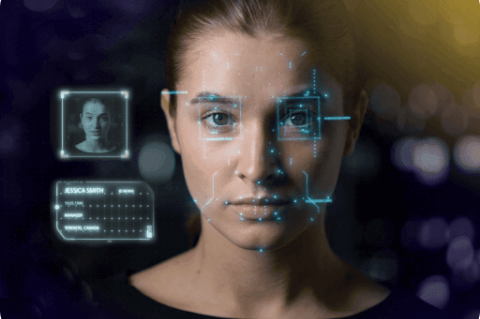Ultimate Beneficial Owner ID for Fraud Prevention & Compliance
With the increasingly regulatory financial environment, it is essential to know and clarify Ultimate Beneficial Owner (UBO) of a business to observe and ensure compliance and minimize risks of fraud. With the growing sophistication of financial crimes, regulators around the world have given a significant focus on UBO compliance as one of the components of anti-money laundering (AML) frameworks. UBO identification is not a mere regulatory requirement, but also an effective risk management tool that helps companies to establish transparent business relations and protect themselves against illegal operations.













